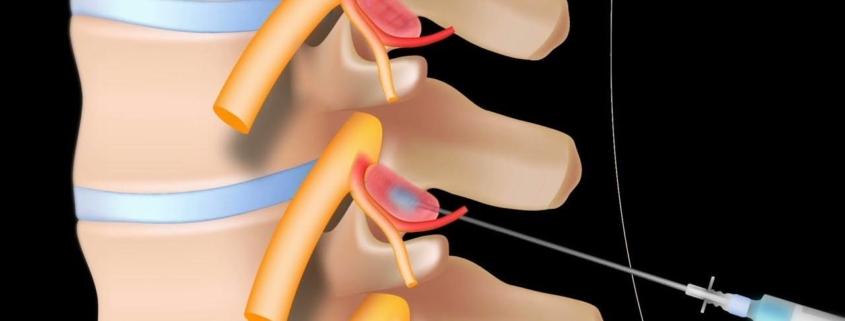
Facet Joint Injections
Overview: Understanding Facet Joint Injections
Facet joint injections are a type of pain relief treatment for individuals experiencing chronic pain in their back, neck, and lower spine areas. The facet joints are small spinal joints located between each set of vertebrae in the spine, which help provide stability and control movement. Due to factors like aging, injury, or arthritis, these joints can become inflamed and cause discomfort or pain. A facet joint injection is a relatively straightforward procedure used to alleviate this pain and improve your quality of life.
Types: Different Facet Joint Injections
There are two primary types of facet joint injections, each serving a distinct purpose:
-
- Therapeutic: These injections contain a corticosteroid, a potent anti-inflammatory agent that can help reduce inflammation and pain.
-
- Diagnostic: These injections contain a numbing agent. If a patient’s pain subsides after the injection, it confirms that the facet joint is the source of the discomfort.
Causes: What Triggers Facet Joint Pain?
Several factors can lead to facet joint pain:
-
- Age: As we age, the cartilage lining in the facet joints can thin out and cause inflammation and pain.
-
- Arthritis: This inflammatory condition can affect the facet joints and lead to chronic pain.
-
- Mechanical Stress: Heavy lifting, poor posture, or other factors that place stress on the spine can lead to facet joint issues.
-
- Spinal Injury: Injuries to the spine from accidents, falls, or surgical procedures can cause inflammation or damage to the facet joints.
Symptoms: Recognizing Facet Joint Pain
The most common symptom of facet joint pain is chronic, persistent discomfort in the back, neck, or lower spine. However, patients may also experience:
-
- Stiffness or limited movement in the back or neck
-
- Pain that worsens when standing or sitting for long periods
-
- Difficulty turning or twisting your body
Diagnosis: Identifying Facet Joint Pain
Diagnosing facet joint pain typically begins with a physical examination and discussion of your symptoms with your doctor. If facet joint problems are suspected, your doctor may recommend specific imaging tests, such as an X-ray or MRI scan, to get a clearer view of your spine. In some cases, a physician may want to conduct a diagnostic facet joint injection to confirm the diagnosis.
Treatment Options: Getting Help for Facet Joint Pain
If you’re diagnosed with facet joint pain, rest assured that there are several treatment options available:
-
- Physical Therapy: Regular exercises to improve flexibility, strength, and posture can often help reduce facet joint pain.
-
- Medications: Non-steroidal anti-inflammatory drugs (NSAIDs) can help control inflammation and pain.
-
- Facet Joint Injections: Therapeutic injections can provide significant relief for chronic facet joint pain.
-
- Surgery: If other treatments are not effective, procedures like facet joint denervation or spinal fusion might be considered.
Living With Facet Joint Injections
Many patients notice an improvement in their symptoms after receiving facet joint injections. In addition to the injection, it’s beneficial to:
-
- Maintain a healthy weight to avoid putting excess pressure on your facet joints.
-
- Stay active, even if it’s low-impact activities such as walking or swimming.
-
- Take prescribed medications exactly as directed by your healthcare provider.
When to Seek Help
If you have chronic back, neck, or lower spine pain that doesn’t improve with standard treatments like rest, exercise, or over-the-counter medications, it might be time to consider facet joint injections. In particular, seek prompt medical attention if you notice pain that’s worsening, difficulty moving or bending your back or neck, or any other sudden changes in your symptoms.
